An X-Ray image of a supernova remnant and its central neutron star
Click on image for full size
ROSAT satellite image courtesy of NASA
Neutron Stars
Neutron Stars are the end point of a massive star's life. When a really massive star runs out of nuclear fuel in its core the core begins to collapse under gravity. When the core collapses the entire star collapses. The surface of the star falls down until it hits the now incredibly dense core. It then bounces off the core and blows apart in a
supernova. All that remains is the collapsed core, a Neutron Star or sometimes a
Black Hole, if the star was really massive.
A typical neutron star is the size of a small city, only 10 Kilometers in diameter but it may have the mass of as many as three suns. It is quite dense. One spoonful of neutron star material on Earth would weigh as much as all the cars on Earth put together.
Some neutron stars spin very rapidly and have very strong magnetic fields. If the magnetic poles are not lined up with the star's rotation axis then the magnetic field spins around very fast. Charged particles can get caught up in the magnetic fields and
beam away radiation like a lighthouse lamp. This type of neutron star is called a pulsar. Pulsars are detected by their rapidly repeating radio signals beamed at Earth from those charged particles trapped in the magnetic field. When they were first discovered it was thought that they were radio signals from "Little Green Men" from outer space. Weird.
You might also be interested in:
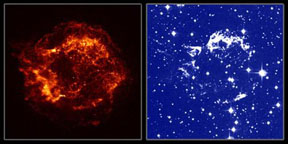
NASA revealed a few of the many images that will come from its newest telescope. Since first being deployed July 23, the Chandra X Observatory has had no problems. It first made a series of engine firings,
...more
Jocelyn Bell Burnell is a British astronomer who was born in 1943. She discovered pulsars - stars which emit periodic radio waves - in 1967. Burnell was a graduate student at Cambridge University when
...more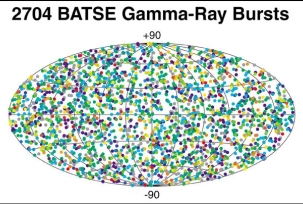
In the 1960's, the United States launched some satellites to look for very high energy light, called Gamma Rays. Gamma Rays are produced whenever a nuclear bomb explodes. The satellites found many bursts
...more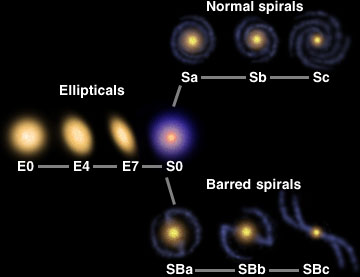
During the early 1900's, which is not very long ago, astronomers were unaware that there were other galaxies outside our own Milky Way Galaxy. When they saw a small fuzzy patch in the sky through their
...more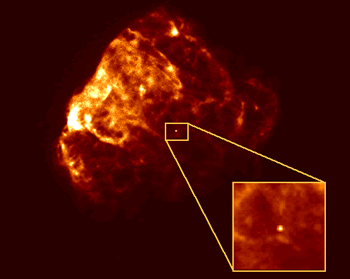
Neutron Stars are the end point of a massive star's life. When a really massive star runs out of nuclear fuel in its core the core begins to collapse under gravity. When the core collapses the entire star
...more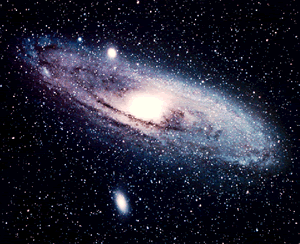
Spiral galaxies may remind you of a pinwheel. They are rotating disks of mostly hydrogen gas, dust and stars. Through a telescope or binoculars, the bright nucleus of the galaxy may be visible but the
...more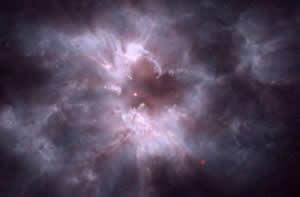
When stars like our own sun die they will become white dwarfs. As a star like our sun is running out of fuel in its core it begins to bloat into a red giant. This will happen to our sun in 5 Billion years.
...more














